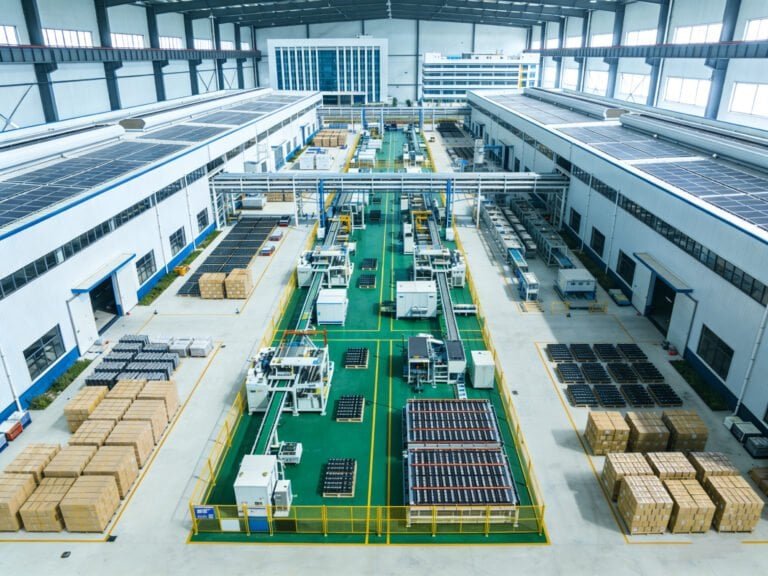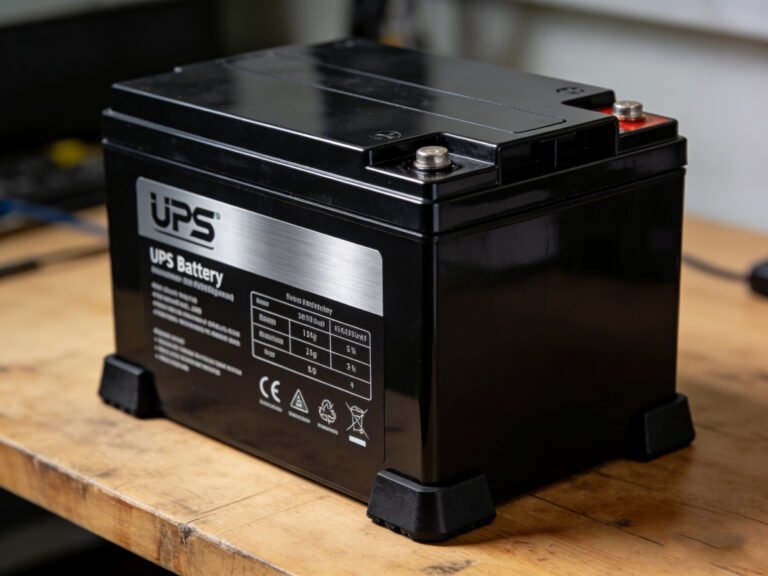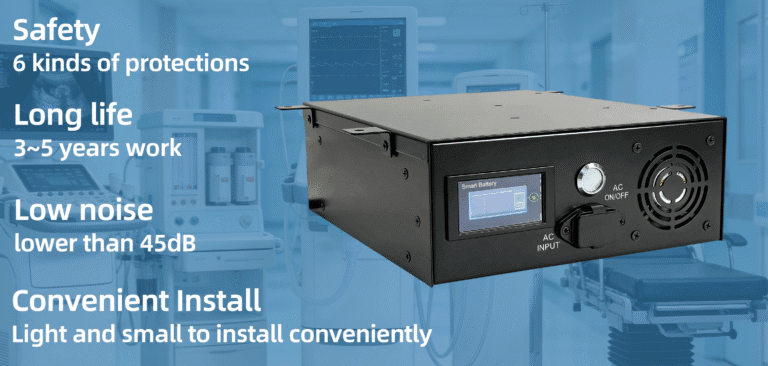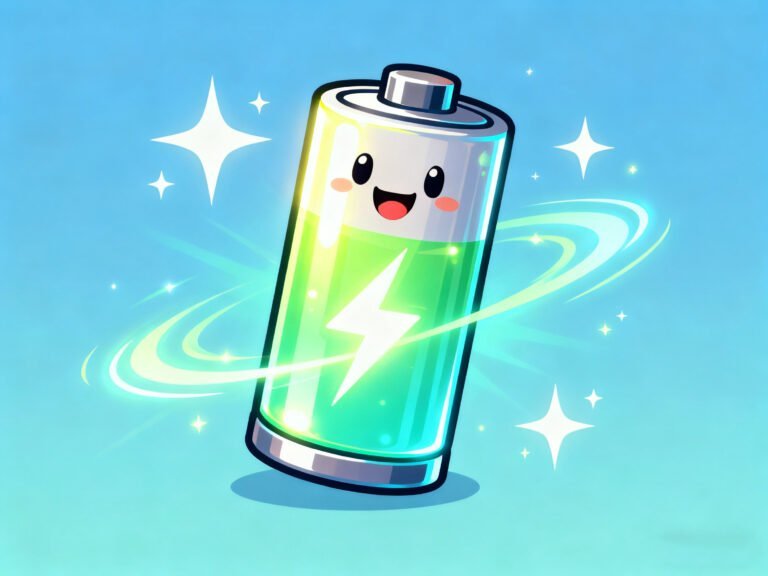As the global transition toward sustainable mobility accelerates, Light Electric Vehicles (LEVs)—including e-bikes, e-scooters, and electric motorcycles—have become key players in urban transportation. At the heart of every LEV lies its battery: a critical component that directly influences range, performance, safety, and user experience.
But with a growing number of battery options on the market, how can LEV manufacturers, brands, and distributors choose the right battery solution? In this article, we explore the essential factors to consider when selecting an LEV battery, helping companies make informed, future-ready decisions.
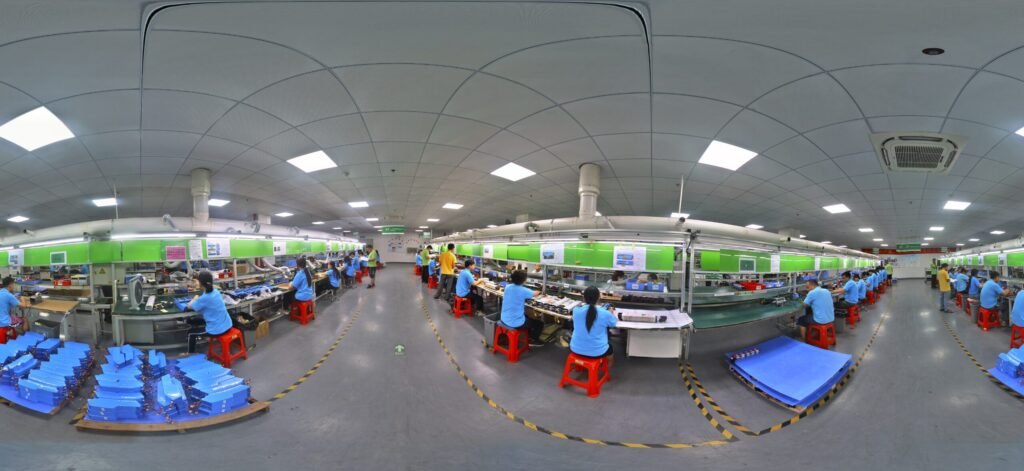
1. Understand the Application Requirements
Different LEVs have different power, voltage, and capacity needs. For example:
E-bikes typically require 36V or 48V batteries with 10–20Ah capacity.
E-scooters may use 48V to 60V systems, often requiring higher discharge rates.
Electric motorcycles demand robust, high-capacity battery packs (60V–72V, 20Ah–50Ah or more).
A deep understanding of your product’s power demands, motor efficiency, and expected range is the first step in choosing the optimal battery configuration.
2. Prioritize Battery Chemistry
Not all lithium-ion batteries are created equal. Common chemistries include:
Lithium Iron Phosphate (LiFePO₄): Offers excellent thermal stability and long cycle life, ideal for safety-focused applications.
Lithium Nickel Manganese Cobalt Oxide (NMC): Balances energy density, cost, and performance, making it popular for mainstream e-bikes and scooters.
Lithium Titanate (LTO): Provides ultra-fast charging and extreme longevity, but at a higher price point.
Choosing the right chemistry depends on your project’s specific goals—whether it’s range, weight reduction, fast charging, or lifespan.
3. Assess Battery Capacity and Range Expectations
A battery’s capacity (Ah) and energy (Wh) are critical to determining how far a vehicle can travel on a single charge. When evaluating a solution:
Calculate your average energy consumption (Wh/km).
Multiply by the target range to estimate the needed battery energy.
Consider real-world factors like terrain, rider weight, and weather.
For example, an e-bike that consumes 15Wh/km and targets a 60km range would require a 900Wh battery, typically a 48V 18.75Ah configuration.
4. Look for Smart Battery Management Systems (BMS)
A high-quality Battery Management System protects the battery pack from:
Overcharging and over-discharging
Overcurrent and short circuits
Overheating
Advanced BMS solutions also offer CAN bus or UART communication, enabling real-time diagnostics, remote updates, and integration with IoT platforms. This is especially valuable for fleet operators and rental services seeking predictive maintenance and remote monitoring.
5. Focus on Safety and Compliance
Safety is paramount in any LEV battery solution. Always ensure the battery is:
UN38.3 certified for transport
Compliant with IEC 62133, EN15194, or UL 2271 standards (depending on market)
Designed with cell balancing, thermal management, and flame-retardant housing
Choosing a battery manufacturer that emphasizes testing and certification can protect both your brand and end users.
6. Consider Customization and Form Factor
Standard battery designs may not suit every vehicle. OEMs often require:
Custom battery shapes or enclosures to fit unique frame geometries
Removable or swappable batteries for user convenience
Waterproof and vibration-resistant casings for rugged use
Working with a battery partner that offers flexible design services ensures the battery seamlessly integrates into your product line.
7. Evaluate Cycle Life and Warranty
Battery longevity affects total cost of ownership and customer satisfaction. Ask suppliers about:
Cycle life at different depths of discharge (DoD)
Expected degradation over time
Warranty terms, typically ranging from 1–3 years
A quality pack should retain at least 80% of its capacity after 500–1000 full charge cycles, depending on usage patterns.
8. Check for After-Sales Support and Scalability
Reliable support and global logistics capabilities are key, especially for growing brands or international distributors. Evaluate whether the battery supplier offers:
Localized service centers or partners
Spare parts availability
Technical documentation and training
Mass production capabilities for scale-up
9. Think Ahead: Fast Charging and Energy Recovery
Emerging LEV battery technologies now support fast charging (under 2 hours) and regenerative braking, especially in higher-end scooters and motorcycles. Choose a battery system that can accommodate or be upgraded to future charging infrastructure trends.
10. Choose a Trusted Battery Manufacturer
Ultimately, the battery is a mission-critical component. Partnering with a reputable and experienced battery manufacturer ensures:
Proven performance through case studies and references
Stable supply chains and quality control
R&D support for innovation
Tailored solutions based on industry knowledge
Whether you’re an OEM launching a new vehicle line or a startup entering the micromobility space, the right battery partner can accelerate your go-to-market success.
Final Thoughts
Choosing the best LEV battery solution requires a balance of technical insight, market understanding, and long-term vision. With safety, customization, and performance at the core, modern LEV batteries are evolving rapidly to meet the needs of urban mobility and sustainability.

At Dongguan Yizhan Electronic Technology Co., Ltd. we provide industry-leading lithium battery packs for e-bikes, e-scooters, and other light electric vehicles. With decades of experience, global certifications, and full in-house R&D capabilities, we help partners deliver powerful, safe, and smart mobility solutions to the world.
Contact us today to discover how we can power your next generation of LEVs.

